
It’s More Than Picking Pretty Pillows
Interior design isn’t just about fabrics and flair. It’s a real profession that blends space planning, color theory, lighting design, safety codes, and client psychology.
If your dream is to make beautiful spaces, great, but you’ll need technical knowledge, CAD skills, and the patience to manage timelines, budgets, and people.
So, before you dive in, know it’s not all mood boards and Pinterest. It’s about solving problems creatively within real-world constraints.
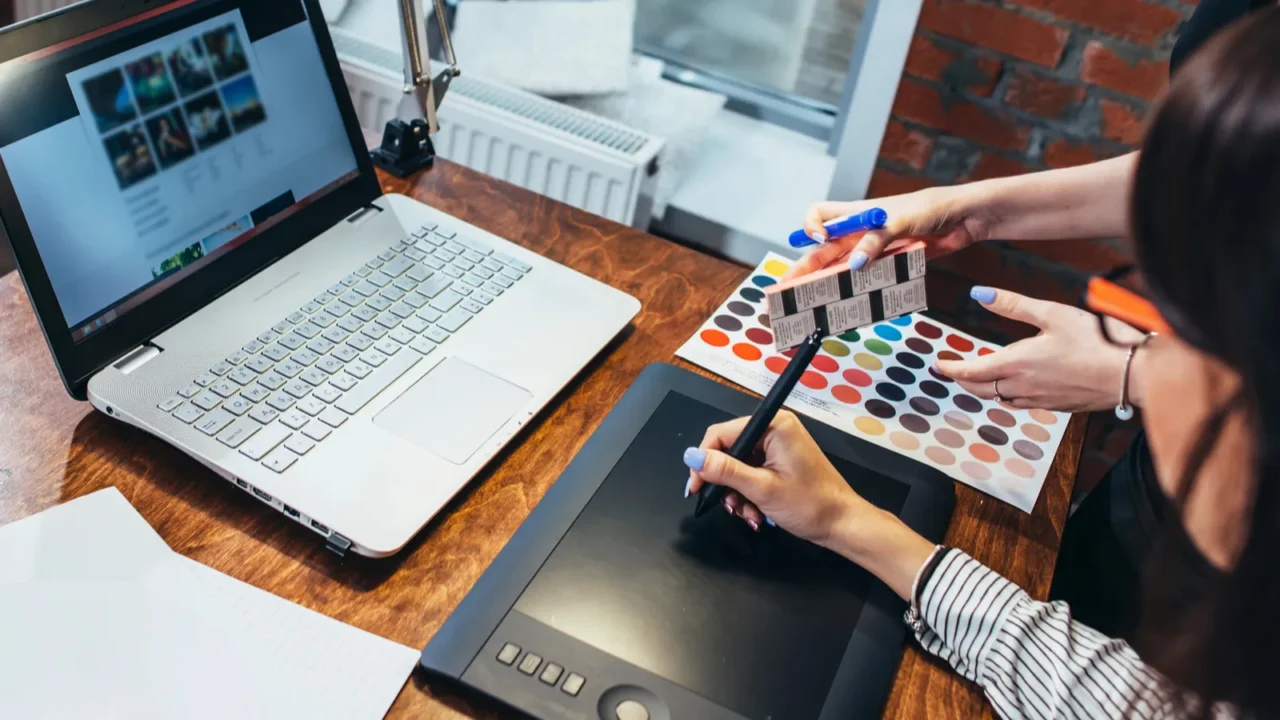
Interior Design vs Interior Decorating
They’re not the same, and this confusion trips up a lot of newbies.
Interior decorators focus on furnishings, colors, and styling only. Designers, on the other hand, work on space planning, structural changes, electrical layouts, and more.
In the U.S., many states require a license to call yourself an “interior designer,” especially if you’re altering floorplans or handling commercial projects.
That means education, experience, and passing the NCIDQ exam.
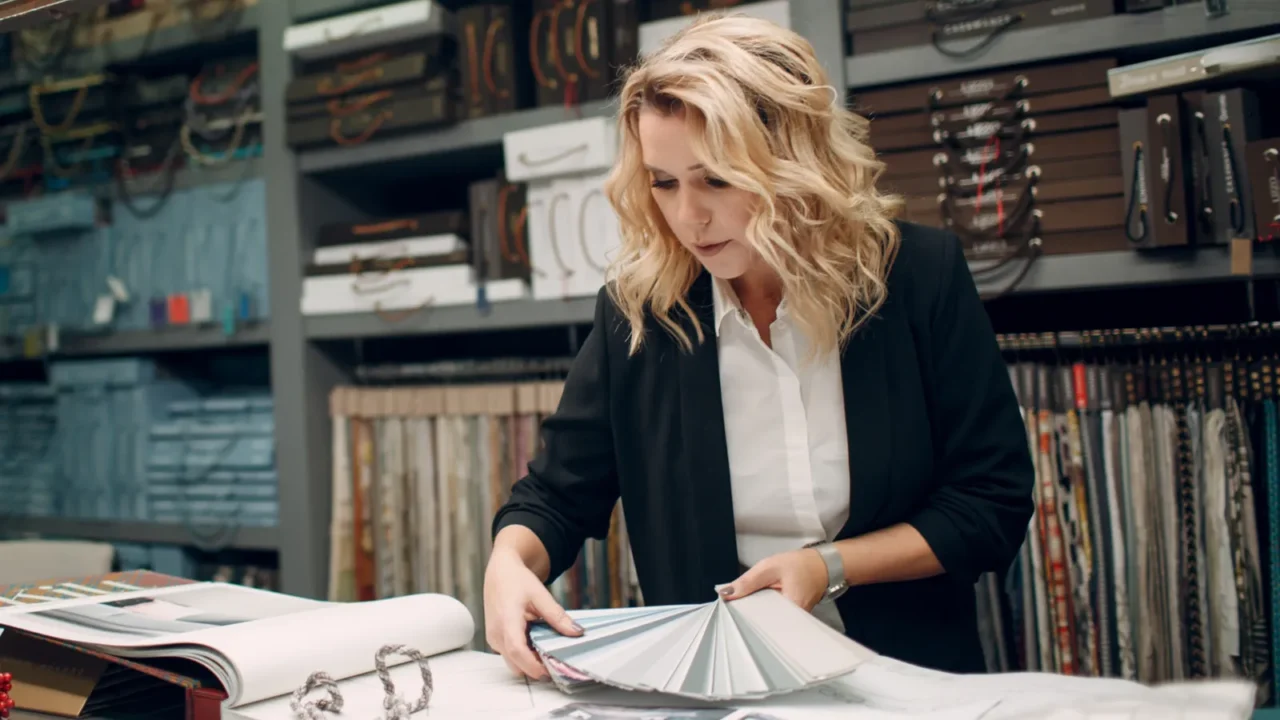
Your Ticket to the Big League
Want to become a licensed interior designer in most U.S. states? You’ll likely need a degree from a CIDA-accredited program.
Online certificates can help you build decorating or styling skills, but they won’t make you eligible for the NCIDQ exam.
That exam, offered by the Council for Interior Design Qualification, is essential if you want to work on commercial projects, structural changes, or code-compliant plans.
It proves you understand ethics, safety codes, building systems, and professional design standards.

What Interior Designers Actually Do All Day
Expect less time sketching and more time emailing.
Designers spend their days drafting layouts, researching products, making site visits, coordinating with contractors, sourcing materials, reviewing invoices, and handling clients.
The creative part? That’s just a slice of the pie. You’ll juggle timelines, budgets, zoning laws, and change requests. Successful designers are problem-solvers who can also manage spreadsheets.
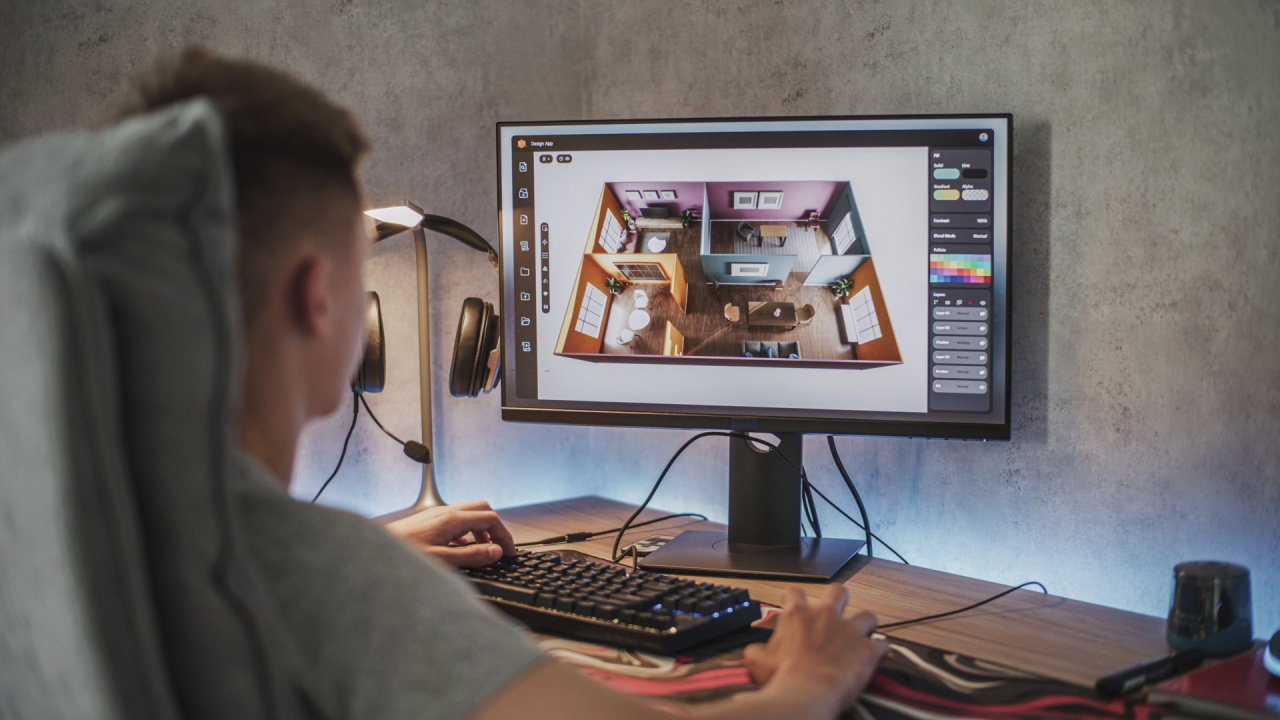
You’ll Need Tech Skills
Revit. SketchUp. AutoCAD. Photoshop. If these sound intimidating, you’ll want to get comfy. Interior design is now deeply digital. Even residential clients expect 3D walkthroughs or digital mood boards.
Most firms won’t look twice unless you can work fluently in a few of these programs. Design school will introduce you to them, but mastering these tools on your own time can give you a serious edge.
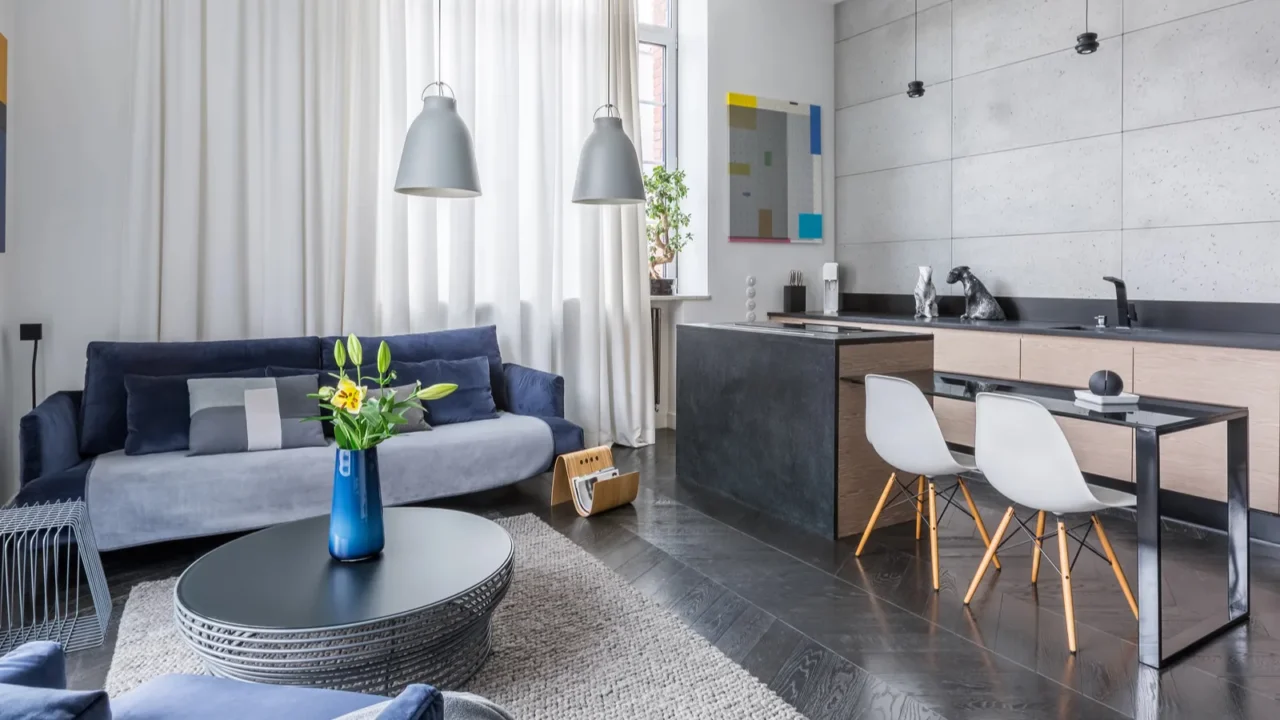
You’re Not Just Designing for Style, Function First
Clients love beautiful spaces, but if the layout’s awkward or the lighting’s bad, they’ll blame you.
Function drives everything in design. That means understanding ergonomics, ADA compliance, natural flow, and even local climate.
For instance, an open layout that looks great in a magazine might not work for a busy family with three kids and two dogs. Your role? Balance aspiration with practicality.

Be Ready for Construction-Site Realities
Yes, you’ll need to wear a hard hat sometimes. Designers often walk job sites, consult on material selections, inspect installations, and communicate with builders.
If you’re working on a renovation or commercial build-out, you’ll need to understand structural elements, plumbing pathways, and what can legally be moved.
Communication is key, especially when dealing with contractors.

Money Talk
Entry-level interior designers in the U.S. can expect to earn between $45,000 and $60,000, depending on city and experience.
Freelancers may start slower but can scale higher. Seasoned designers in luxury markets or commercial firms can pull in six figures, especially if they manage teams or land high-profile clients.
Expect to spend the first few years building a portfolio, networking, and learning the ropes.

You’ll Need a Killer Portfolio
A portfolio is your real calling card. Degrees open doors, but your work closes deals. Clients and firms want to see how you think, not just where you studied.
Your portfolio should show a range of projects, such as residential, commercial, mood boards, technical plans, before-and-afters, and even 3D renders, if possible.
Quality beats quantity. No real projects yet? Use schoolwork or hypothetical design challenges.

Specializations Make You Stand Out
The field is wide, and generalists get lost in the noise. In healthcare, hospitality, kitchen and bath, and even yacht interiors, there are niches within niches.
Clients and firms want experts who know their lane well. And guess what? Niche designers often charge more.
Once you’ve mastered foundational skills, start zeroing in. Certifications like LEED, WELL AP, or NKBA (for kitchen/bath) boost your credibility in specialized sectors.

Trends Come and Go, Principles Don’t
TikTok aesthetics come and go. But design principles? They’re timeless. Scale, proportion, balance, contrast, rhythm- those are your toolkit forever.
It’s easy to fall in love with whatever’s trending, but your job isn’t to chase fads. It’s to create spaces that will still feel relevant and livable five, ten, twenty years from now.
That doesn’t mean avoiding trends altogether. It means knowing how and where to use them.
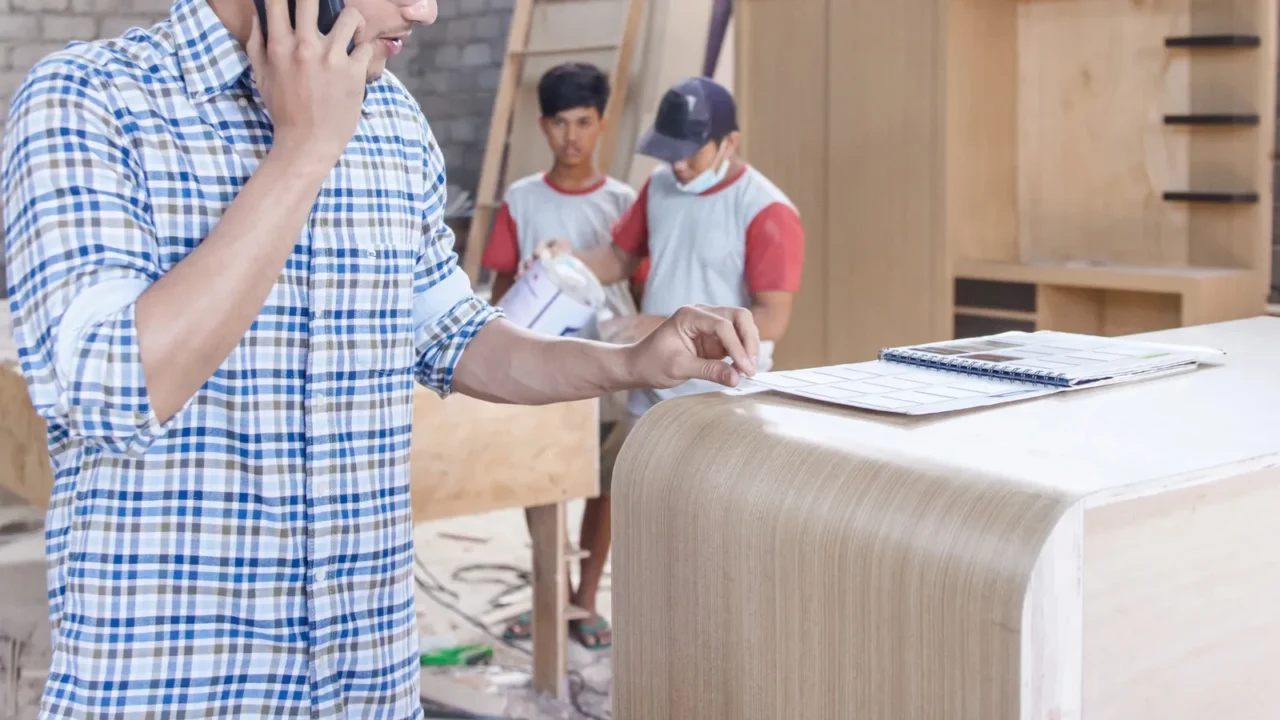
You’ll Work With a Lot of Vendors
Furniture reps, tile suppliers, fabric showrooms, custom cabinetry shops- these are the folks you’ll deal with daily. Understanding how vendors work can save you headaches and money.
Lead times, restocking fees, and custom order deadlines make or break timelines. Build good relationships with reps and be ready to navigate pricing tiers, too.

Licensing Laws Vary by State
The title “interior designer” is regulated in many states, and the rules aren’t one-size-fits-all.
In states like Florida, Nevada, and Louisiana, you must be licensed to practice full-scope interior design legally. In others, it’s less strict; you can use the title, but you may be limited in what projects you’re allowed to take.
Some states distinguish between “registered” vs “certified” designers. Confused? You’re not alone. The CIDQ website has a state-by-state breakdown. If you’re planning to relocate or work across states, check the laws early.

Building Codes and Permits
Even in residential projects, you’ll need to understand basic building and safety codes along with permits. Why? Because if your design includes anything structural, like relocating walls, adding lighting, or reworking plumbing, you need to make sure it’s legally compliant.
Fire ratings, egress rules, accessibility (ADA), and ventilation codes matter. In commercial work, these are even more serious, often requiring sign-off from licensed pros.

Clients (The Real Wildcards)
You might have the perfect design in mind, but if your client wants something else (or keeps changing their mind), your job is to adapt without losing the vision. That requires patience, clear communication, and strong boundaries.
Some clients will ghost you mid-project; others will micromanage your every move. You’ll need to be part designer, part psychologist. Your success depends on building trust, explaining decisions clearly, and managing expectations upfront.
As the industry evolves, so do the rules and responsibilities. Stay ahead of the curve with emerging trends in interior design careers.

Networking
In interior design, networking is super important. Start early: attend local design expos, join your city’s ASID or IIDA chapter, and don’t skip alumni events or product launches.
LinkedIn is your virtual handshake; keep it fresh. Never underestimate casual conversations; your next referral could come from a flooring supplier or former classmate.
Want to take your networking game to the next level? Don’t miss these insider strategies in networking secrets for interior designers, your shortcut to building connections that actually count.
Do you have questions or curious about the design path ahead? Drop your thoughts in the comments—we’d love to hear where you are in your interior design journey.
Read More From This Brand:
- How VR is Transforming Interior Design
- Leveraging Technology in Interior Design
- 15 Must-Haves in a Designer’s Dream Kitchen
Don’t forget to follow us for more exclusive content right here on MSN.